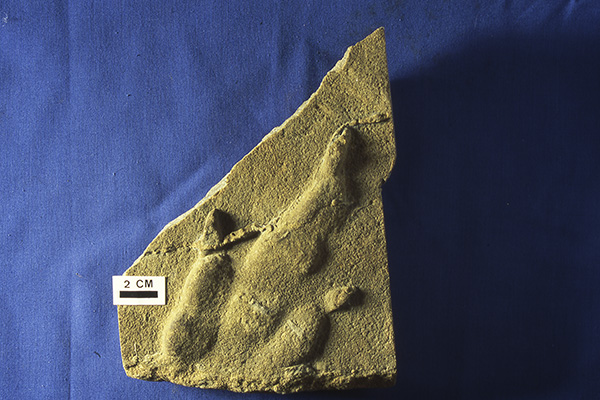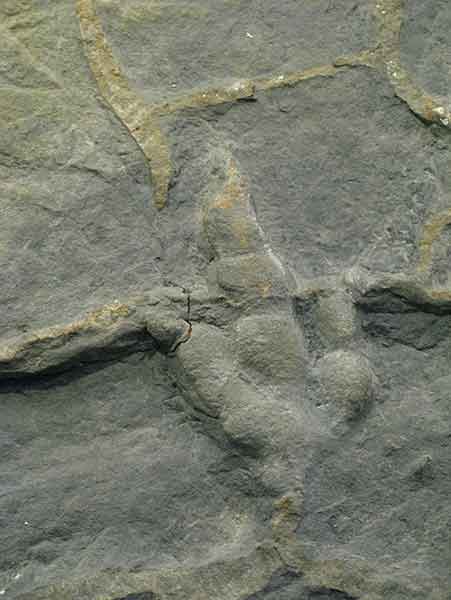The scientific department of the Jurassic Museum of Asturias was established in November 2004, seven months after the museum opened. At the time, the MUJA had a collection of about 300 items that had previously been in the custody of the Geology Department of the University of Oviedo.
As soon as the MUJA recruited its own research team, closely linked to the University of Oviedo Geology Department, the collection began to increase rapidly thanks to the recovery of items discovered in the cliffs between Gijón and Ribadesella (the so-called Dinosaur Coast) by the team of scientists and to donations contributed by researchers from other universities and institutions and by individuals.
Today, there are more than 5,500 items including:
- The largest known footprints of theropod dinosaurs and Stegosaurs, with a length of 82 cm and 58cm respectively.
- The most complete skeletons in the Iberian Peninsula of an ichthyosaur and a plesiosaur, both marine reptiles.
- Part of the skeleton of an ornithopod dinosaur.
- Numerous fossilized remains of turtles, crocodiles and fish.
- A large number of samples of the flora of that age.
- A wide selection of fossils of invertebrates, as well as multiple traces of their activity.


In any case, the most representative elements of the Jurassic in Asturias at world level, given their quantity and diversity as well as their excellent state of conservation, are the icnitae or dinosaur footprints, some of which even feature imprints of skin. The MUJA collection, which includes more than 700 specimens, is the most prominent collection of dinosaur footprints in Europe found in a Museum and the third largest in the world after the Dinosaur Tracks Museum and the Beneski Museum of Natural History, both in the United States. In the words of the prestigious palaeontologist Martin Lockley from the University of Colorado, who attended the inauguration of the MUJA in 2004 "the collection of ichnites of the MUJA represents one of the most complete worldwide´ (Geotimes, American Geologoicla Institute, January 2006).
Key items also include tracks of pterosaurs or flying reptiles, some with evidence of skin, belonging to individuals that were much larger than known specimens based on their bones from the Jurassic era. There are also a large number of tracks of crocodiles and turtles; the collection includes the only known track in the world of a lizard from the Jurassic.
At present, the MUJA´s team of researchers, which includes the geologists José Carlos García-Ramos and Laura Piñuela, collaborates with 47 experts from 27 different institutions around the world (universities, museums and research centres), including the United States, Canada, Japan and Argentina, as well as various European research centres (Germany, Spain, France, Italy, Luxembourg, Poland and the United Kingdom). Furthermore, over the last two years, museum researchers have cooperated with an international team excavating, preparing and studying several dinosaur track sites in the provinces of Chongqing and Gansu, China.

